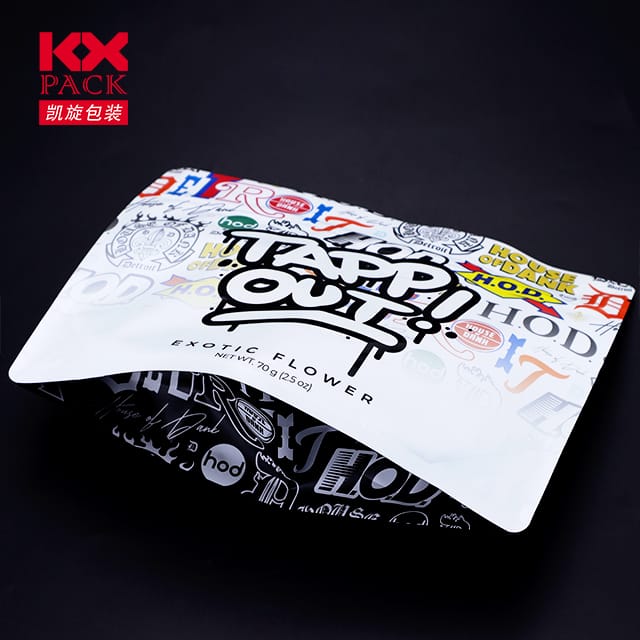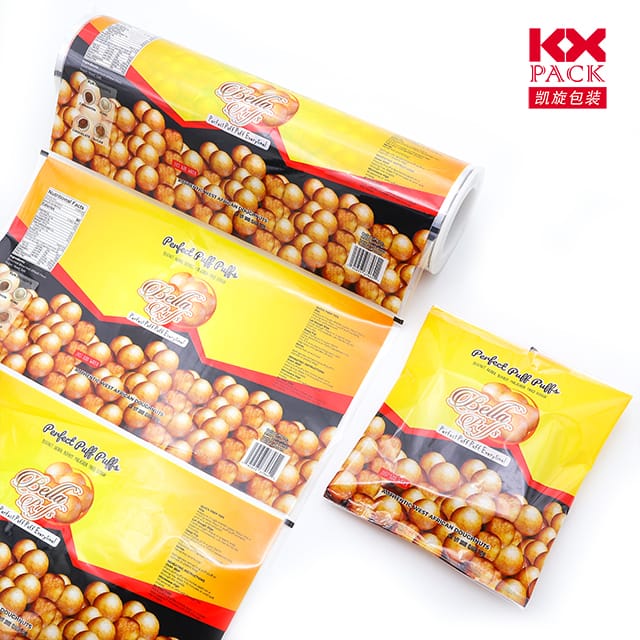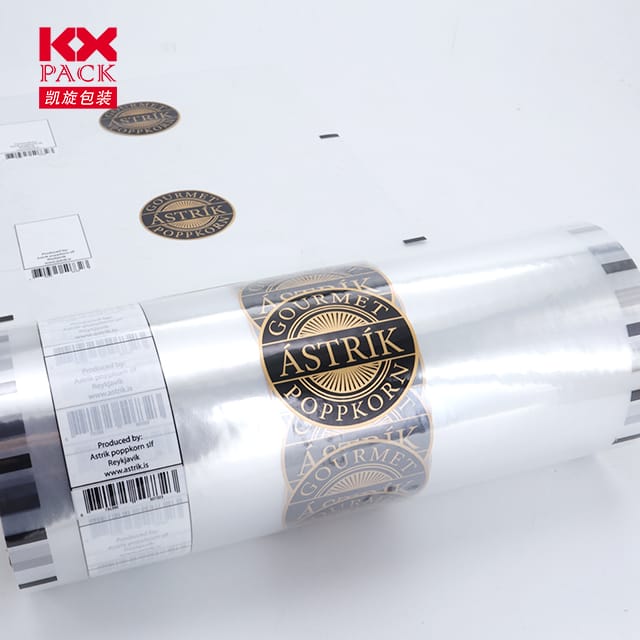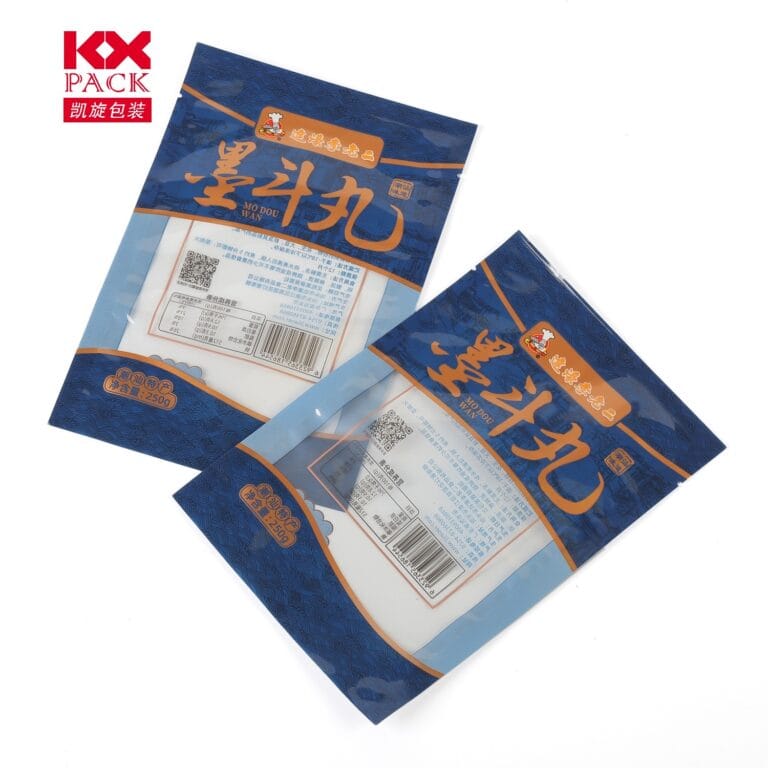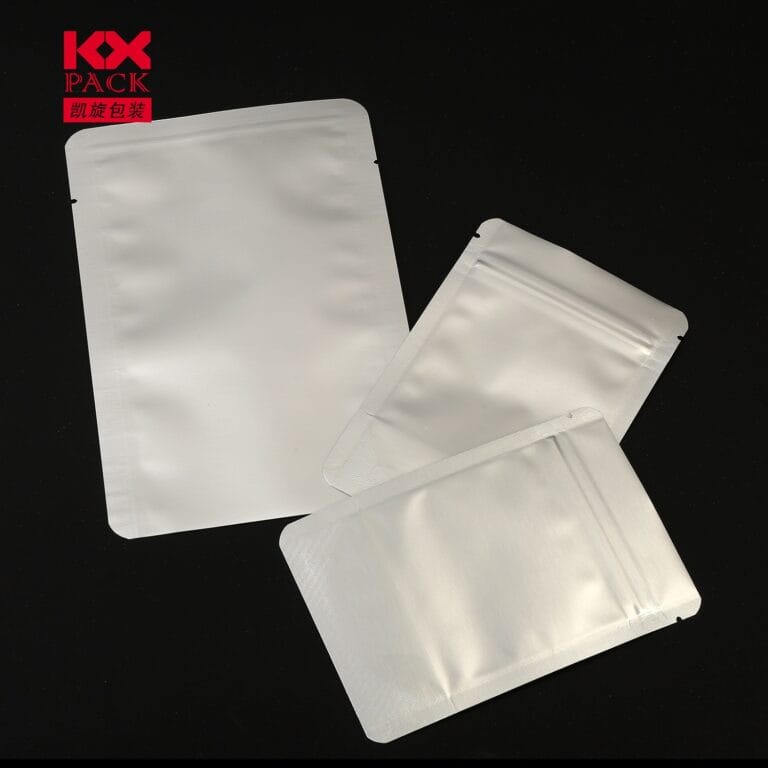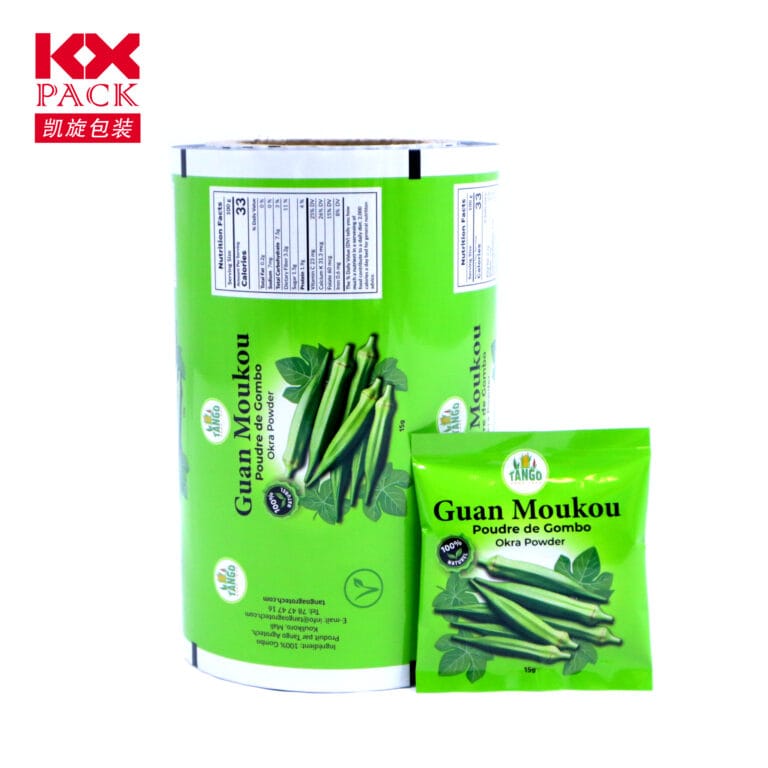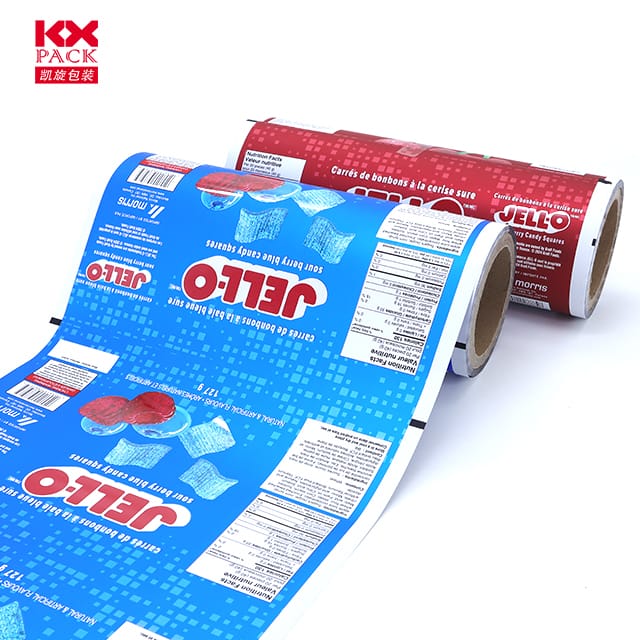食品包装膜: 创新推动可持续性和新鲜度6)
食品包装膜
在当今快节奏的世界, 食品包装膜不仅是保护层,而且是食品安全的关键组成部分, 可持续性, 和消费者的便利. 从延长保质期到减少浪费, 包装胶片技术的进步正在重塑我们如何存储, 运输, 享受食物. 让我们探索最新趋势, 挑战, 和这个基本行业的突破.
食品包装膜的作用
食品包装薄膜有多种目的:
- 保存: 保护食物免受氧气免受氧气, 水分, 和污染物以保持新鲜感.
- 方便: 启用易于处理, 分配, 和随身携带的消费.
- 安全: 充当细菌和身体损害的障碍.
- 可持续发展: 现代电影旨在通过可回收或可生物降解材料最大程度地降低环境影响.
尖端创新
- 可生物降解和可堆肥膜
传统的塑料膜, 虽然有效, 有助于全球污染. 输入由植物性材料(例如聚乳酸)制成的环保替代品 (解放军), 淀粉, 或纤维素. 这些电影自然崩溃了, 减少垃圾填埋场. 例如, 像Tipa和Biopak这样的公司正在用零食的可堆肥包装领导, 新鲜农产品, 甚至咖啡豆荚. - 主动智能包装
超越被动保护, “智能”电影现在与食物互动以提高安全性和质量:- 氧气清除剂: 带有吸收氧气的物质嵌入的膜以防止变质 (在肉和奶酪包装中常见).
- 时间温度指标 (爸爸): 如果食物暴露于不安全的温度,则会改变颜色的标签, 确保新鲜度.
- 抗菌涂层: 注入天然药物(如精油)以抑制细菌生长的膜.
- 食用包装
想象一下吃包装器而不是扔掉! 由海藻等成分制成的食用膜, 稻淀粉, 或水果果泥正在吸引. 像NotPla这样的品牌 (基于海藻的小袋) 和Wikicells (酸奶或果汁的可食用套管) 正在开创这个空间, 提供零废物解决方案. - 包装中的纳米技术
纳米颗粒用于创建超薄, 高障碍电影优于传统塑料. 例如, 银纳米颗粒提供抗菌特性, 而粘土纳米复合材料则增强了强度和耐气性.
可持续性挑战
尽管进展, 该行业面临障碍:
- 成本: 可生物降解的材料通常比传统塑料贵.
- 表现: 一些环保电影在耐用性或耐水性方面挣扎.
- 回收基础设施: 可堆肥的电影需要工业设施, 尚未广泛可用.
- 消费者行为: 对标签的混乱 (例如。, “可生物降解” vs. “堆肥”) 可能导致处置不当.
食品包装电影的未来
向循环经济原则的转变正在推动创新. 关键趋势包括:
- 单材电影: 设计用于使用单一类型的塑料来更容易回收.
- 水溶性膜: 单使用袋的理想选择, 无害溶解在水中.
- AI驱动的设计: 机器学习优化胶卷厚度, 物质使用, 和减少浪费的功能.
环保选择的消费者技巧
- 寻找“ OK堆肥”或“可生物降解产品学院”之类的认证 (BPI).透明
- 在可能的情况下优先考虑可重复使用的容器而不是一次性膜.
- 支持致力于可持续包装的品牌.
结论
食品包装膜从一次性的必要性发展到高科技, 可持续解决方案. 随着消费者对环保选择的需求增长, 该行业通过将行星和产品优先考虑的创新来应对挑战. 通过拥抱这些进步, 我们可以享受更新鲜的食物, 减少浪费, 并迈向更绿色的未来.
您对可持续包装的看法是什么? 在评论中分享您的想法或最喜欢的环保品牌!

